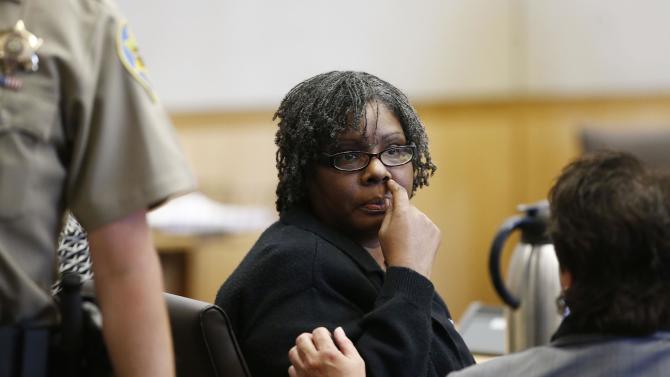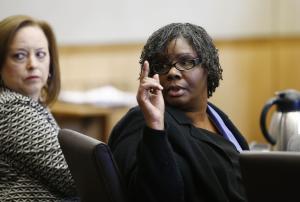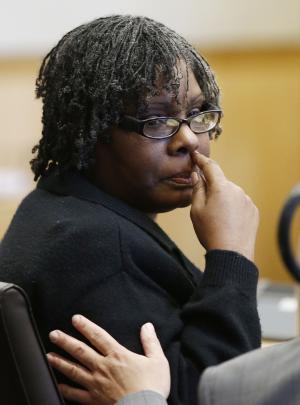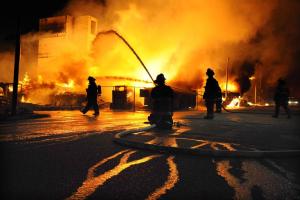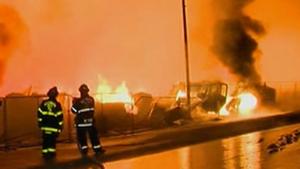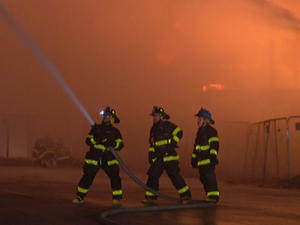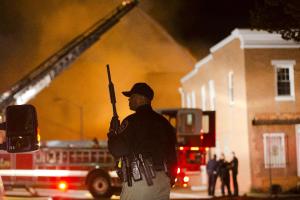PHOENIX (AP) — An Arizona mother was convicted of first-degree murder and child abuse Monday in the death of her 5-year-old daughter, who prosecutors said was beaten, neglected and confined to a closet before being dumped in a trash bin in 2011.
Authorities said 41-year-old Jerice Hunter kept her daughter Jhessye Shockley at the family's suburban Phoenix home and deprived her of food and water until she died. However. her body has not been found.
After the verdict, the jury determined that four aggravating circumstances related to the child abuse charge had been proven beyond a reasonable doubt. As a result, prosecutors said Hunter could face at least 35 years and up to life in prison when she is sentenced on June 5.
The disappearance of Jhessye set off an intense search of landfills as officers picked through 9,500 tons of garbage over three months.
Suspicion quickly turned to Hunter after it was learned she served four years in prison in California on child abuse charges and was released on parole in 2010.
Hunter's lawyers emphasized Jhessye's body was never found, hoping to create doubt among the jury.
In her closing argument, Hunter's attorney Candice Shoemaker also said that neither Jhessye's teacher nor a Child Protective Services agent who investigated the family noticed any signs of abuse.
Police and prosecutors have said bloodstains on the carpet of a closet and testimony from Hunter's teenage daughter showed the mother neglected and beat Jhessye.
"Where is Jhessye's body? We don't know. She got away with that. Don't let her get away with murder," prosecutor Blaine Gadow told jurors during closing arguments.
Prosecutor Jeannette Gallagher said Hunter knowingly misled the community by reporting her daughter was missing when she was already dead.
Shirley Johnson, Hunter's mother, shouted "Oh God!" after the verdict was read.
"My baby is not dead," Johnson said before a bailiff escorted her out of the courtroom.
In a news conference later, Johnson said she believes her granddaughter is still alive and should not be taken off the national missing persons list.
Johnson claimed the media and police didn't do enough to spread the word and look for the child because she is black.
"Black lives matter just like everybody else. Don't stop looking for my grandbaby," she said.
Glendale police released a statement reiterating that their extensive search for the body involved more than 300 officers over three months. The department said it's pleased with the verdict.
"Our goal always remained the same — to obtain justice for Jhessye Shockley," said police Sgt. David Vidaure.
Maricopa County Attorney Bill Montgomery added in a statement, "We never forgot Jhessey and may the memory of her suffering and the end of a life that came all too soon motivate continuous changes to our child welfare system to protect the most innocent and defenseless among us."
The Maricopa County Superior Court jury got the case early last week and deliberated for the equivalent of 2 1/2 days before reaching the verdict hours after a juror was dismissed because of a medical issue.
URL http://news.yahoo.com/woman-convicted-murder-young-daughter-disappeared-210603549.html?soc_src=copy









